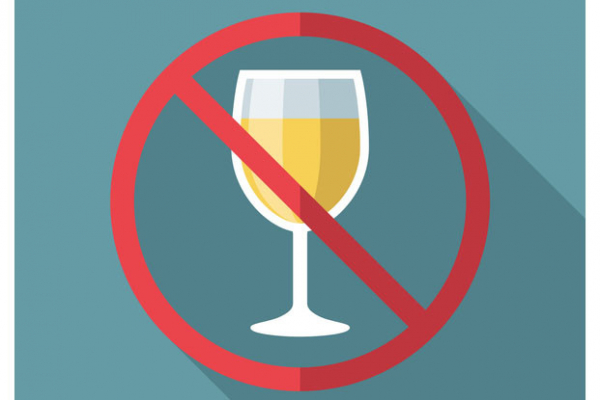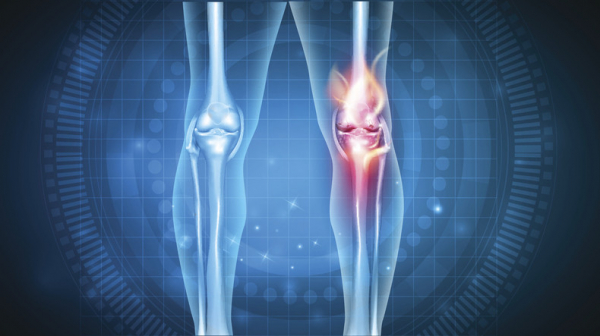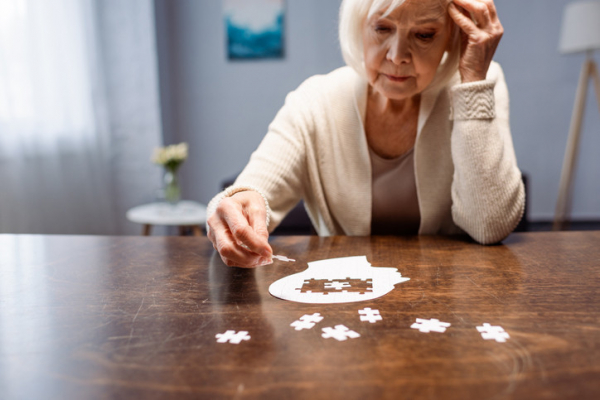POTS: Lightheadedness and a racing heart

Editor’s note: First in a two-part series on postural orthostatic tachycardia syndrome (POTS). Click here for part two.
This past February, a 57-year-old firefighter came to my cardiology clinic after experiencing a strange set of symptoms. A few weeks earlier, he had gotten COVID-19. Predictably, he lost his sense of smell, developed a low-grade fever, and experienced muscle aches. Within a week his COVID-19 symptoms were gone, but he continued to feel off. And the new symptoms he described — sudden lightheadedness when standing up and an unusually fast heartbeat — made me suspect a condition called postural orthostatic tachycardia syndrome, or POTS.
Below I’ll explain what’s known so far about the triggers and hallmark symptoms of POTS. In a later post, I’ll discuss diagnosis and treatment.
What is POTS?
POTS is a syndrome, which means it’s a collection of symptoms and medical findings that often cluster together. The hallmark of POTS is bothersome symptoms that occur when standing upright. The medical term for these symptoms is orthostatic intolerance.
Most commonly, people report
- lightheadedness or dizziness with standing (fainting may occur in more severe cases)
- fatigue
- shakiness
- difficulty concentrating (also called brain fog)
- palpitations (a sense of rapid, pounding, or irregular heartbeat).
People who have POTS also often experience headaches, digestive problems like bloating and constipation, insomnia, heat intolerance, and difficulty exercising due to shortness of breath and fatigue.
Who gets POTS?
POTS most often affects women between the ages of 15 and 50. However, it has recently been diagnosed in other groups of people following infection with COVID-19. People who have long COVID (sometimes called long haulers) may develop several different types of symptoms affecting various organs including the brain, lungs, and kidneys. One subtype of long COVID is POTS.
What is known about recovery?
Research suggests about half of people diagnosed with POTS will recover or improve over a period of a few years.
However, for others, a vicious cycle can develop if POTS goes untreated. The cycle begins because people start to spend more time in bed, avoiding activities that provoke symptoms. As people become far less active, muscle mass in the legs is lost, heart capacity shrinks, and the volume of circulating blood is reduced. These changes make standing upright even more uncomfortable, leading to yet more time spent in bed.
Over time, some people stuck in this cycle can become disabled. They’re unable to perform daily household tasks without becoming dizzy and exhausted. Many take time off from school or work.
What causes POTS?
The underlying cause of POTS is not yet known. It often follows a period of bedrest after an injury such as a concussion, surgery, or a viral illness like mononucleosis or the flu. More recently, POTS has been diagnosed in some people who have had COVID-19. Even after the acute infection resolves, these people may have lingering fatigue, lightheadedness, and a rapid heart rate when upright.
Many researchers suspect that POTS may be an autoimmune disorder, caused by the body’s immune system becoming overzealous. When this happens, the immune system correctly targets the intruding virus but mistakenly targets the body’s own healthy tissues, causing unwanted damage. In the case of POTS, this damage is thought to affect the lining of the blood vessels, which lose their ability to tighten, or constrict, in response to standing upright.
Three clues: Lightheadedness, changes in heart rate, and the effects of gravity
Before our firefighter, whom I’ll call David, became sick, he kept track of his heart rate on his smartwatch. It was typically about 60 to 70 beats per minute (bpm) at rest. Now, however, his resting heart rate was in the 80s and spiked into the 130s after one flight of stairs. Merely standing up caused lightheadedness and a racing heartbeat. He could no longer get through his usual spin class. He stopped taking hot showers because they made him feel dizzy.
While most of us take for granted the simple act of standing upright, a person with POTS may find it extremely uncomfortable. Why does POTS cause orthostatic intolerance? It helps to first understand the normal response to standing:
- Gravity causes about one-third of blood volume to instantly pool below the waist.
- Less blood returns to the heart, so less blood is then pumped out to the body.
- This leads to a drop in blood pressure to the brain (have you ever experienced a short-lived sense of lightheadedness or “seeing stars” when jumping up quickly after sitting for a long period of time?).
- The drop in blood pressure is detected by sensors in the heart.
- These sensors activate the sympathetic nervous system (SNS), instructing the adrenal glands to release an adrenaline-like substance called norepinephrine into the bloodstream to help solve the problem.
How norepinephrine affects the body
Norepinephrine signals the heart to beat more rapidly and forcefully, restoring normal blood flow to the brain. It also signals the blood vessels to tighten, which drives blood to return to the heart instead of pooling in the lower half of the body. Within a few seconds of standing, blood pressure is restored to normal.
However, for reasons not fully understood, this signal is ineffective in POTS, and the blood vessels do not tighten in response to norepinephrine. More blood remains in the lower body, so that less returns to the heart, and therefore less is pumped out to vital tissues and organs. To maintain normal blood pressure, the heart beats faster to compensate for the lower volume of blood pumped with each contraction of the heart.
An overactive flight-or-fight response?
Thousands of years ago, evolution favored those who responded to the stress of physical danger by producing high levels of norepinephrine, allowing them to fight off an attack or run from harm. By releasing norepinephrine into the bloodstream, the nervous system primes virtually every organ for physical activity and potential injury. The pupils dilate; digestion slows; the heart beats quickly. This has been dubbed the fight-or-flight response.
Norepinephrine levels measured in the blood of people who have POTS are significantly higher than in those who do not, leading to an excessively fast heart rate and often a strong, pounding heartbeat. In addition to these effects on the heart, elevated norepinephrine levels can target other organs including the digestive system, causing abdominal bloating and constipation.
If you often experience the symptoms described in this post, you may want to ask your doctor to check you for POTS. A later post will discuss diagnosis, treatment, and living with POTS.
Follow me on Twitter @daraleelewismd






